Inform pilot aboutminimum enroute altitude
ELECTRICAL PROBLEMS:
Electrical problems may be caused by failure of one or more of the aircraft's generators, a short circuit, or other technical deficiency. Lightning strike may also cause problems with the electrical systems.
When a pilot reports the aircraft to be on standby power, remember most aircraft will have battery supplied electrical power for only 20 - 30 minutes, so urgent action by ATC is required. Now press the play button on the animation.
In the event of electrical problems, REMEMBER: · Follow the ASSIST code of practice A 'Acknowledge' - S 'Separate' - S 'Silence' - I 'Inform' - S 'Support - T 'Time' (See the ASSIST panel on the bottom left for further information.) · Informing the supervisor · Informing the landing aerodrome
An Emergency Descent may be triggered by several events including: · Failure of cabin pressurisation system o Rapid depressurisation may have an effect on the handling of the aircraft · Damage to a door or window (cracked windshield) which may lead to depressurisation · Fire on board · Equipment failure · Unlawful interference
XYZ is in emergency descent,
In the event of an emergency descent, REMEMBER: · Follow the ASSIST code of practice A 'Acknowledge' - S 'Separate' - S 'Silence' - I 'Inform' - S 'Support - T 'Time' (See the ASSIST panel on the bottom left for further information.) · o Avoiding action o Traffic information o Emergency broadcast · After emergency descent, request intentions o Is a diversion required? § inform appropriate aerodromes (civil/military) o Are there any injuries on board? o Is the ACFT damaged? · Consider ACFT still to be in an emergency situation · Inform pilot about minimum en route altitude o may require heading change · Squawk A7700
|


 Loss of electrical power is an emergency situation. Even though most aircraft can still function on reduced power, a possible complete power failure must be expected. Therefore, partial failure is also treated as an emergency.
Loss of electrical power is an emergency situation. Even though most aircraft can still function on reduced power, a possible complete power failure must be expected. Therefore, partial failure is also treated as an emergency.

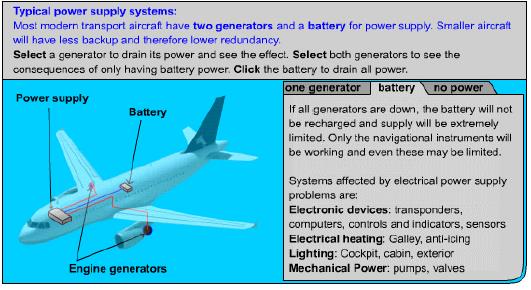

 EICAS (Electrical Indication and Crew-Alerting System) of low generator power.
EICAS (Electrical Indication and Crew-Alerting System) of low generator power.
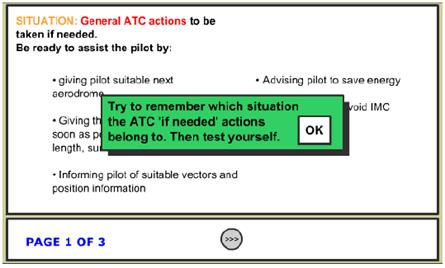
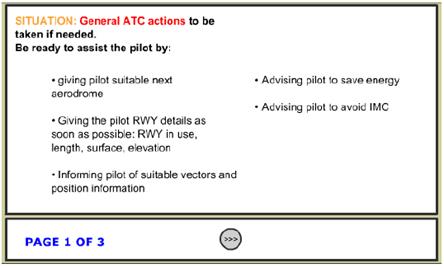
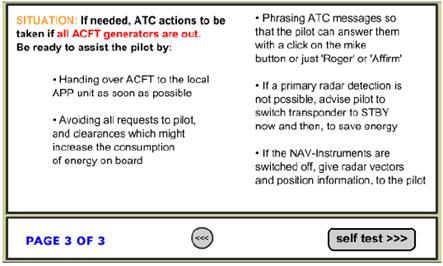


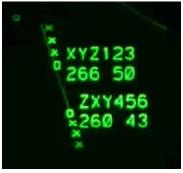


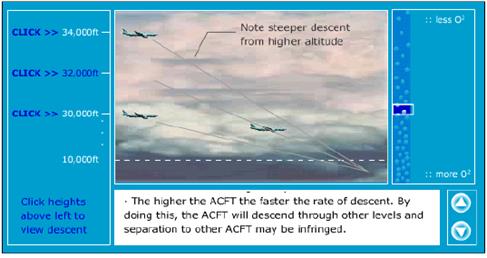
 Other traffic
Other traffic



